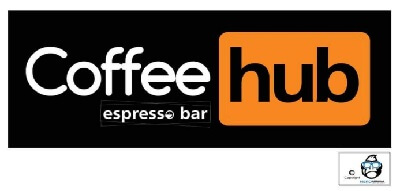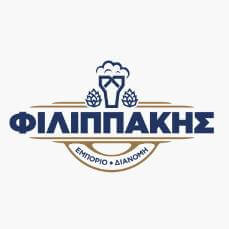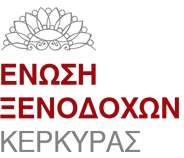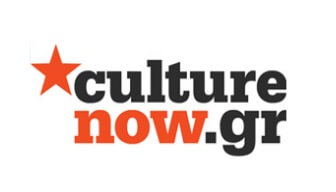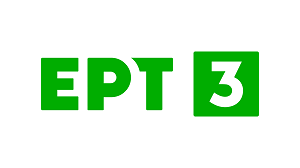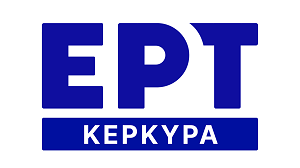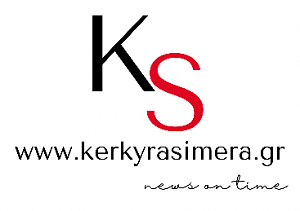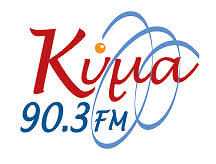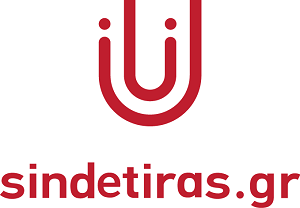Summary
In this paper an application providing biology related information for education purposes by using speech recognition is presented. By incorporating this application into our schools we can achieve a smooth and fun learning experience for every student. It can potentially complete and support the learning process of every student, as long as they can talk to the application. This way of receiving information can be better suited for auditory learners or students with disabilities who may have trouble operating in other ways and prefer using their voice. The user can say a biology term to the application and it responds with the definition of the term in both writing and auditory form in order to provide improved user experience.
Objective
The objective of this work is to explore the potential use of speech interaction in applications for educational purposes and consists of the design and development of a web application integrating speech interaction to provide biological information. The testing and evaluation of the application will take place in a future time with the goal to provide information on the effectiveness of the presented application and the quality of user experience regarding the interaction and the retrieval of the requested information.
Method
In order to realize this web application JavaScript was used to build the app and Web Speech API to capture and process the user's voice commands. Then a database was created with the help of Wikipedia's list of biology terms. So the user can now activate the application by clicking a button on their screen, say a biological term and the app responds with the definition of the term. The user's commands and the given responses are both printed on the computer's screen.
Conclusion
In this work the possibility of using a browser speech recognition application as an educational tool in the modern classroom was studied. After extensive research and study of similar papers, it seems to have the potential to yield useful results. Our research with teachers showed that the application shows potential but needs further improvements in order to be a solid teaching tool. It is necessary to make the necessary system improvements and conduct additional experiments in order to validate the efφectiveness of the applied changes.
References
Barril, L. (2017). The influence of student characteristics on the preferred ways of learning of online college
students: An examination of cultural constructs.
Butler, J., Trager, B., & Behm, B. (2019, October). Exploration of Automatic Speech Recognition for Deaf and
Hard of Hearing Students in Higher Education Classes. In The 21st International ACM SIGACCESS Conference on Computers and Accessibility (pp. 32-42).
Cruz J. R. D., Gazmin, R. A., Guillen, A. E. K., & Samonte, M. J. C. (2020, June). Talkie: An Assistive Web-based Educational Application Using Audio Files and Speech Technology for the Visually Impaired. In Proceedings of the 2020 The 6th International Conference on Frontiers of Educational Technologies (pp. 39-42).
Europa (2017). ICT in Education. Διαθέσιμο https://ec.europa.eu/digital-singlemarket/en/ict-education.
European Commission (2011). Key Data on Learning and Innovation through ICT at School in Europe 2011.
Education, Audiovisual and Culture Executive Agency. Διαθέσιμο:
https://publications.europa.eu/en/publication-detail/- /publication/8f864668-0211-4a40-bc14-65bf1a97b6a8.
https://developer.mozilla.org/en-US/docs/Web/API/Web_Speech_API/Using_the_Web_Speech_API
Ke, F., & Chávez, A. F. (2013). Web-Based Teaching and Learning across Culture and Age. New York, NY:
Springer. Rogowsky, B. A., Calhoun, B. M., & Tallal, P. (2020). Providing instruction based on students’ learning style preferences does not improve learning. Frontiers in Psychology, 11, 164.
Uygarer, R., & Uzunboylu, H. (2017). An investigation of the digital teaching book compared to traditional books in distance education of teacher education programs. Eurasia Journal of Mathematics, Science and
Technology Education, 13(8), 5365-5377.
Vasileios Komianos is a faculty member at Dept. of Audio and Visual Arts, Ionian University, Greece, teaching courses related to Virtual/Augmented/Mixed Reality, video games and interactive multimedia. His research interests are mostly focused on Mixed Reality (MR) systems, on user interaction and user interfaces in MR systems and applications as well as on approaches for artistic expression and cultural communication. He has work experience on designing audiovisual content and installations in the cultural heritage sector, and his works are hosted or have been hosted in permanent and temporary exhibitions as well as in art festivals.
Back
SPONSORS
 Agora Restaurant Grill House
Agora Restaurant Grill House Lupin Aperitivo Espresso Bar
Lupin Aperitivo Espresso Bar



